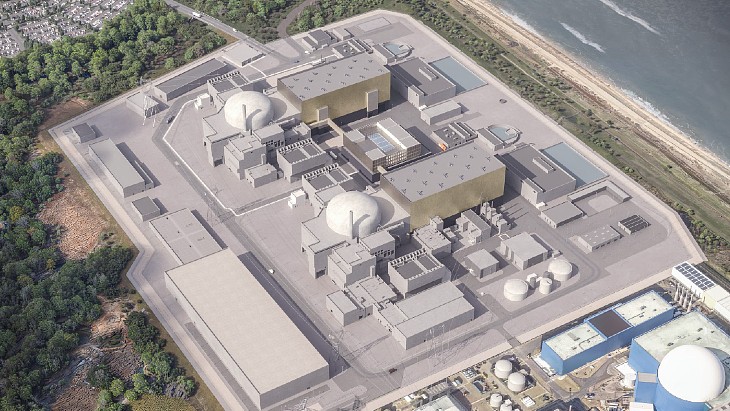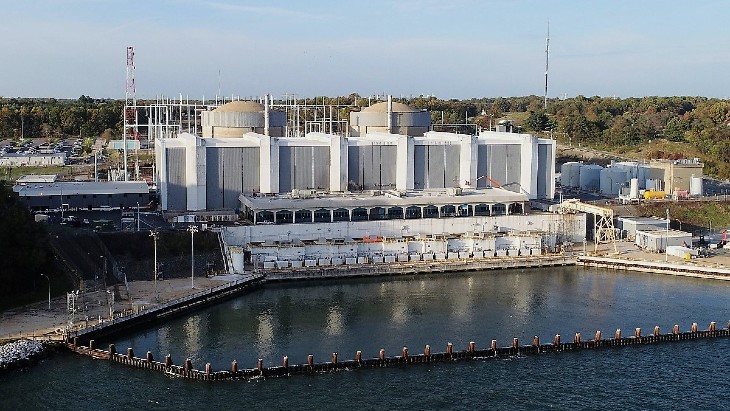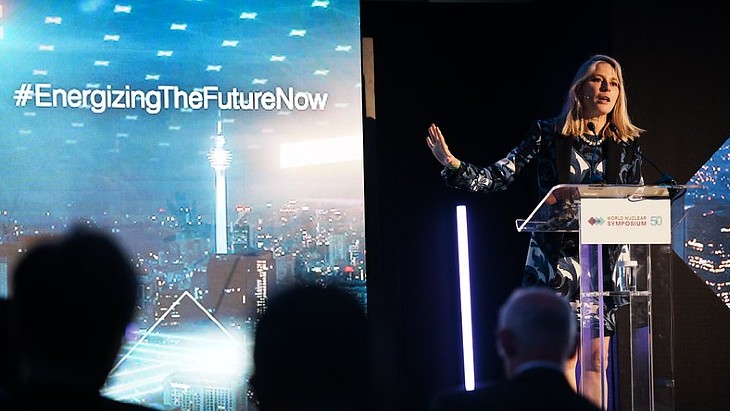A powder of uranium and plutonium oxides has been produced at Japan's Rokkasho reprocessing plant as part of active tests leading to operation, scheduled for April 2007.
Japan Nuclear Fuel Limited (JNFL) reported that from 2 November it had been collecting uranium-plutonium mixed oxide (MOX) and on 16 November that material had been converted into powder, sealed in a canister and sent to a secure storage facility.
JNFL contracted Areva of France in 1987 to assist with the design, construction and operation of Rokkasho, which is based on Areva's UP3 facilities at La Hague. However, Japan's ties with the USA mean that the US policy of avoiding separation of plutonium applies and the Rokkasho plant employs a unique process called 'U-Pu Co-Denitration' which separates equal amounts of uranium and plutonium in one stream, separate from wastes.
Another JNFL facility, called J-MOX, also at Rokkasho, will use the MOX powder when manufacturing fresh nuclear fuel. J-MOX is under construction now.
A statement said that the process satisfies non-proliferation requirements and that operations at Rokkasho were a "most suitable example of peaceful use of nuclear, together with the introduction of Full Scope Safeguards under the IAEA-Japan agreement."
Rokkasho is expected to reprocess 800 t of used nuclear fuel each year from April 2007, and Japanese officials hope that 16 to 18 of the country's 55 power reactors will load partial cores of MOX fuel by 2010.
Further information
JNFL
WNA's Reprocessing information paper
WNA's Nuclear Power in Japan information paper
First Japanese mixed oxide powder produced
A powder of uranium and plutonium oxides has been produced at Japan's Rokkasho reprocessing plant as part of active tests leading to operation, scheduled for April 2007.




_42372.jpg)
_37521_70699.jpg)


_76087_55556.jpg)



